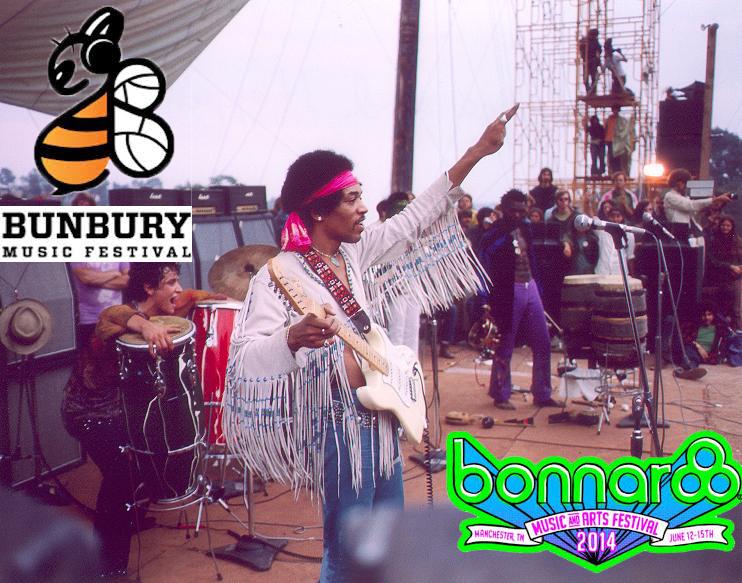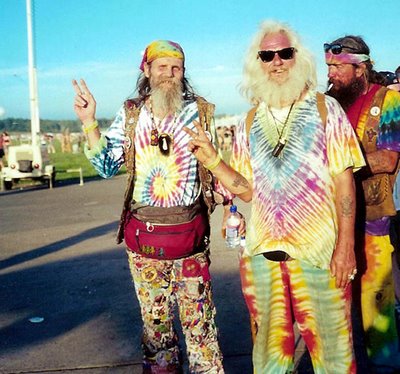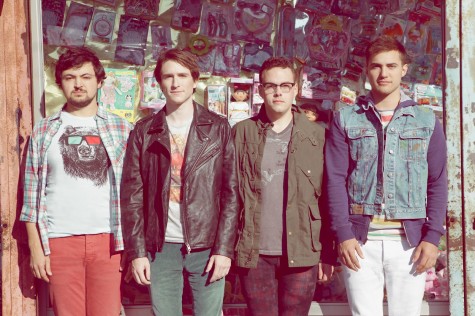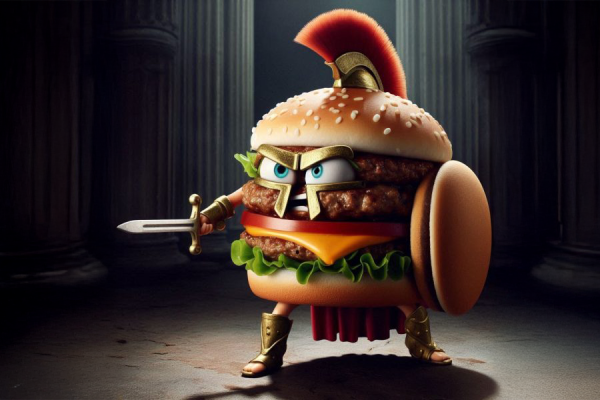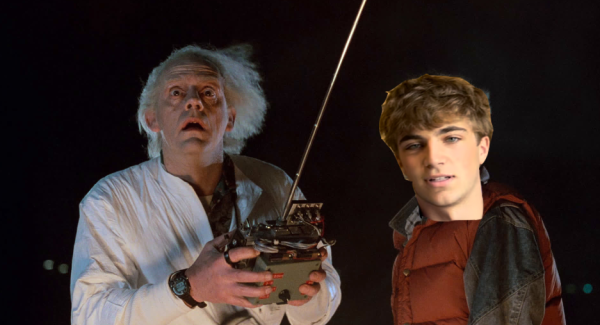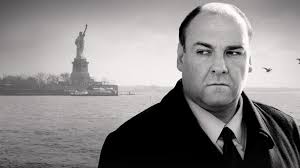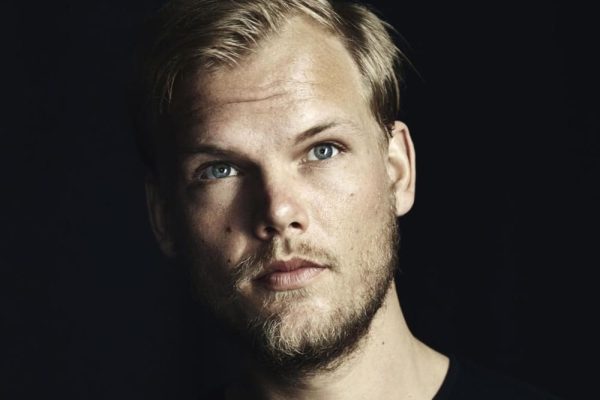X and Y: generations of expression
Recently, I have heard quite a few people say “I wish I grew up in the sixties”, as if it were a better generation than our own. But I tend to believe that Generation X and Generation Y are more similar that you might think.
Generation X meets Generation Y. The 60’s were a time of non-violent peace movements for racial equality, rock music, embracing sexuality, and drug use; whereas Generation Y is filled with non-violent peace movements for sexual orientation, sexual tension, alternative and pop-culture music and various forms of impairing drugs and/or alcohol.
When people hear Generation X, a pervading thought of racial equality shines through all others. Martin Luther King and Malcolm X can be viewed as two of the front men for the equal rights movement during the sixties. The years of protest via rallies, speeches and organizations sought out many supporters, and fifty years later, some people are surprised there ever was segregation.
In today’s society, one of the major movements seeking support is the gay rights movement. Many celebrities today support this movement, such as actor Neil Patrick Harris, actor and talk show host Ellen DeGeneres and Michael Sam, an NFL prospect who announced he was gay just recently.
The gay rights movement has certainly been supported by many people, as evidenced through the legalization of same-sex marriage in certain states. On a national level, the movement is also being addressed through government acts and bills, such as the repeal of the “Don’t ask, don’t tell”.
Aside from the movements that are associated with Generation X and Generation Y, another key aspect to both societies is music. Back in the sixties, people were motivated and united by rock and “psychedelic funk” music. Jimi Hendrix, the Beatles and the Rolling Stones are just a few names of the legendary artists and bands from the sixties.
Whether a performance was a local concert, Jimi Hendrix at Woodstock, or the Beatles on the Ed Sullivan show, millions of people during the sixties were listening to music.
The major music festivals today are Bonnaroo and South by Southwest, but on a more local scale, thousands of people flock to Bunbury Music Festival to hear alternative and rock bands perform.
Though the years have altered the favorite genres of music from rock to alternative and “psychedelic funk” to “pop” music, the passion that people still have for music burns with a fire in each and every heart.
During the sixties, people were starting to form radical ideas about the way that they dress, what music they listen to, and the roles of a gender. Women were given more rights during the sixties, but furthermore, women and men were also engaging in many forms of sexual expression during an era of “love and lightheartedness”.
In today’s society, sexuality is viewed as commonplace as evidenced through various TV programs and novels. Though the sixties certainly expanded the bounds for which was socially acceptable in regard to sexual acts, today’s society is stretching its boundaries compared to the bounds expanded upon during the sixties.
When people hear “the sixties” a common thought would be “Hippies” smoking marijuana or “tripping on acid” (LSD). Though both of these drugs were used by Hippies, they weren’t as popular as the movies make them out to be. Only a handful of people used them, but those people used the drugs so frequently that these drugs were viewed as common.
Today’s society regarding drug use has to account for alcohol intake as well. Many kids are using drugs such as marijuana, and in more recent studies, heroine, but the recurring substance being abused is alcohol. Far too often kids are getting drunk on the weekend because it is the “fun thing to do”.
Lastly, in order to talk about the societies in which people lived
, the people themselves must be discussed. The “Hippies” from the sixties were a group of people who embraced being different from the standards of society. The word “Hippie” itself was actually derived from the word Hipster. These radical citizens wore tie-dye colors and bell-bottom pants.
Hippies wanted to be different because they felt that they were a generation that needed to express its views differently from the rest of society.
Today, the Hippies are now just called hipsters and they dress differently, and perform actions in a vintage style. They do not necessarily have reason for being so inclined to be different other than to achieve the attention one receives for being individualistic.
So you can say you wish you would have grown up in the sixties, but really, our society is just like theirs; each aspect of the sixties has a parallel aspect in today’s society. History repeats itself in every aspect, with only slight differences on the content.

Hey there, my name is Collin Schwiers and I am a junior staff writer for the Elder High School Purple Quill. You don't have to read my articles... and...




